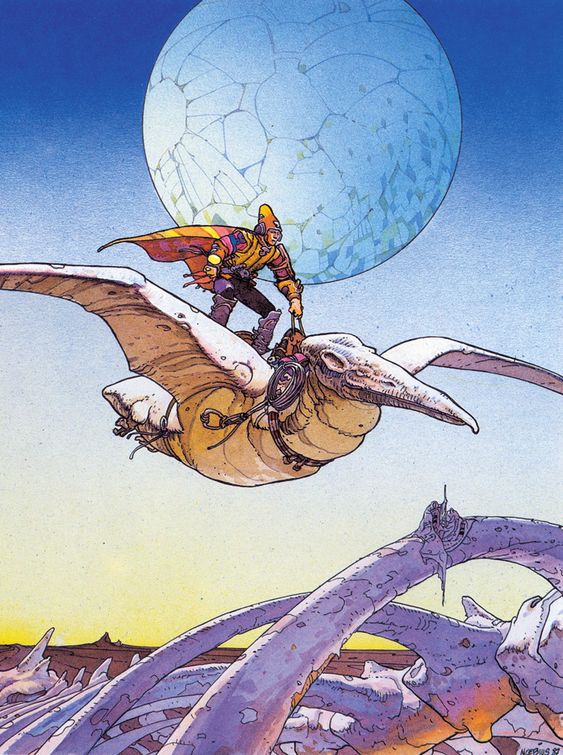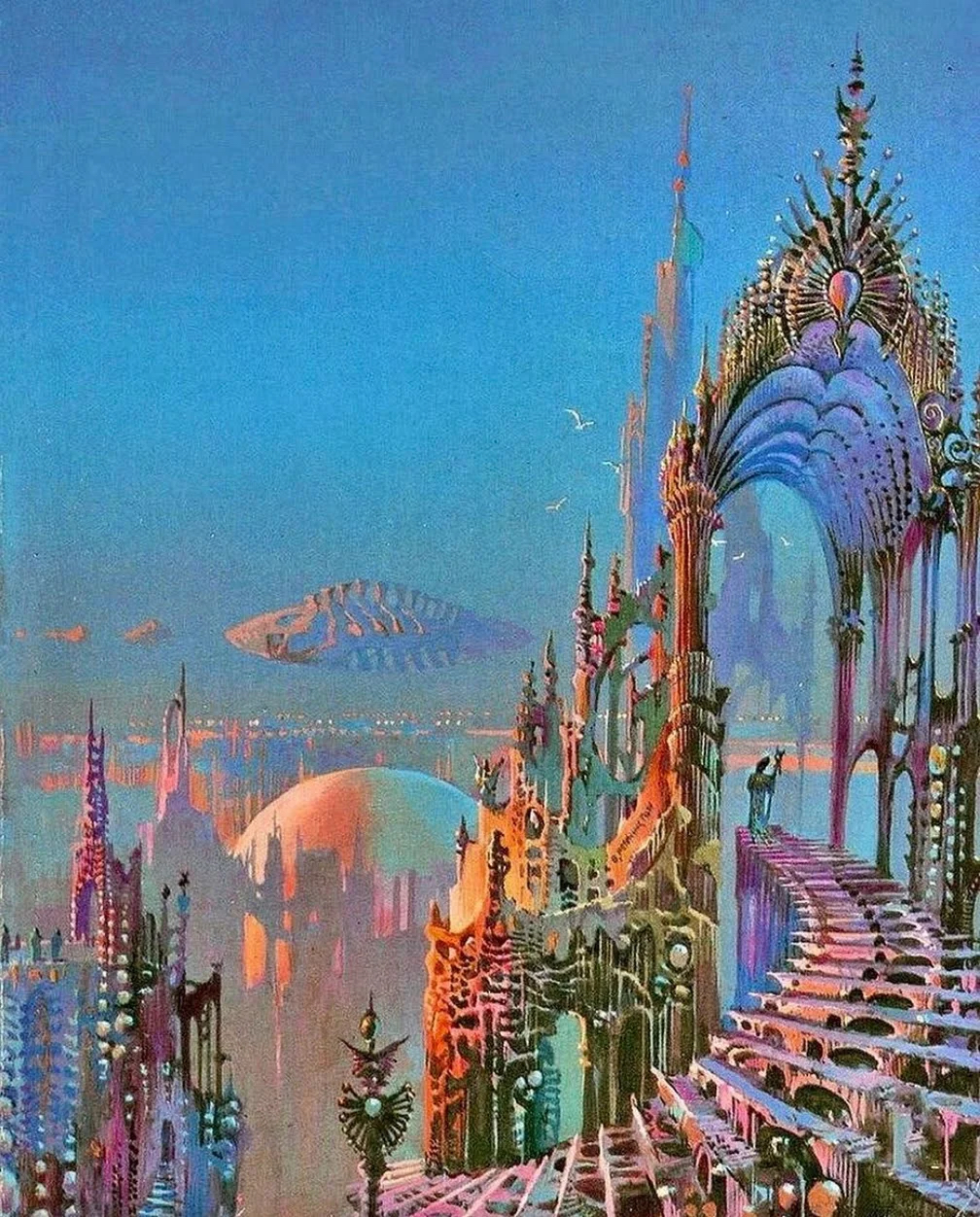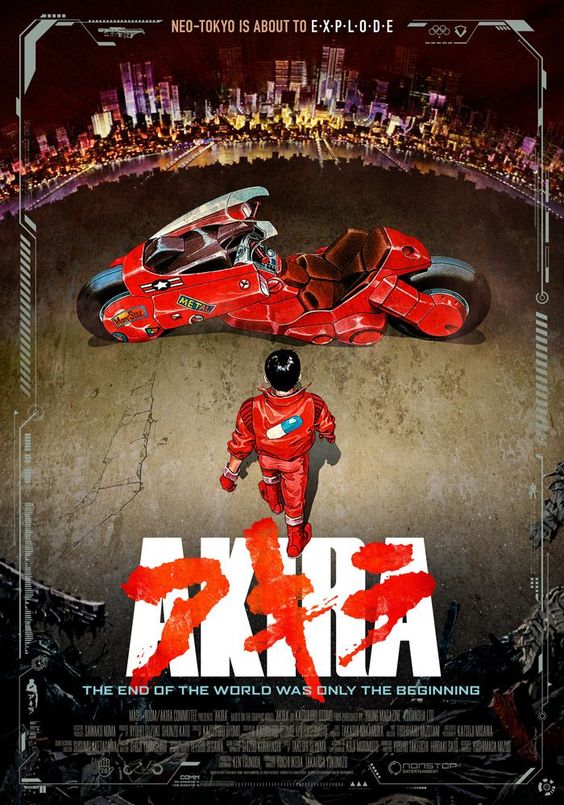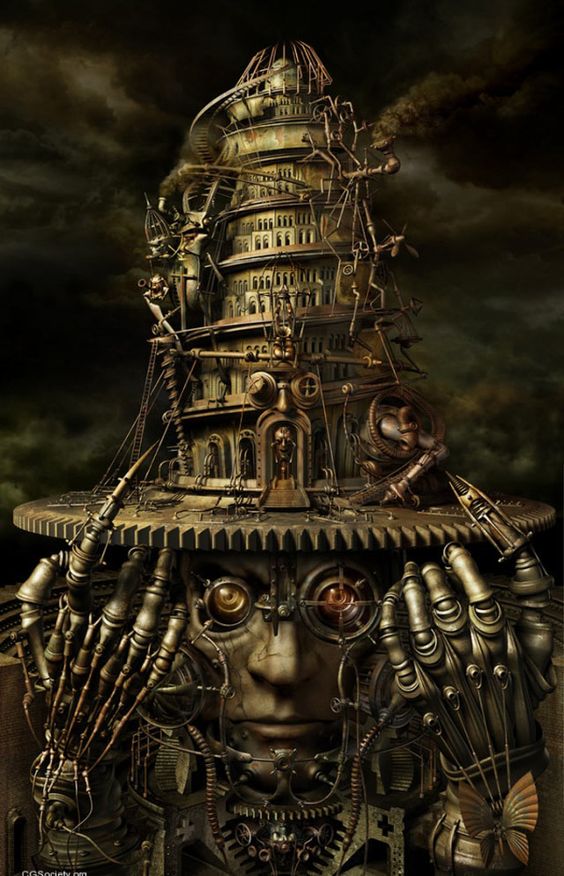
So, What the Heck is Retro Futurism?
So, what is Retrofuturism? Simply put, it was a 60s futurism movement that looked at how the imagined future would have looked like for people during and prior to the 1960s (think of it as us looking at people from the past, who are looking back at us, who are from the future, or our present moment).This idea was illustrated through many different mediums such as television, movies, literature, architecture, and more classical forms of art such as drawing.
The Two “Trends” of Retrofuturism The first trend describes Retrofuturism from the vantage point of the past, how people from the past perceived the future. This was during the period before the 1960s, we can also say it was the 1950s futurism or 60s futurism. Various artists, writers, scientists, and filmmakers created images and designs based on a Space Age-like future, which has also been described as a utopian world.
This vision of the future was, in part, a serious observation – or postulation – as well as a pop-cultural phenomenon widely seen in television, illustrations, and various other media of the time. The ever-expanding new age of technology and science during the 1900s was a strong influencing factor to how people saw life and, inevitably, how they imagined the future would turn out.
The second trend describes Retrofuturism from the vantage point of the future (our present). It looks back at the “retro” styles of the past and incorporates those styles into a futuristic new style, in other words, it combines the old with the new, taking inspiration from the old. This also branches out into the popular Steampunk genre, which draws inspiration from the Victorian era, or the Cyberpunk genre most of us have heard about.

Retrofuturism Genres There are several sub-genres that have developed from the Retrofuturism genre. These are the above-mentioned Steampunk and Cyberpunk genres, but others include Atompunk, Dieselpunk, Decopunk, and Raygun Gothic. Each genre typically centers on technological advancement in historical times, also indicated by its name.
Briefly, when we look at Steampunk, it centers on the Victorian era’s style and the age of steam. Cyberpunk originates from Science Fiction novels (for example Philip K. Dick) and centers on more dystopian realities that explore a world where cyber technologies are highly developed, but society is in ruin.
Retrofuturism Art Retrofuturism art spans across illustrations, film, television, literature, fashion, architecture, music, video games, consumer products, domestic life, advertising, and design. It has been applied to numerous types of artworks that express its, sometimes described as “exaggerated”, qualities.
Not only does this genre of visual arts and design show us the creative and progressive thought from the past, but it also shows us that some of the past-future creations were not that far from reality and can be seen in our present-day world.

Retrofuturism Art Characteristics The Retrofuturism design is easy to distinguish, some of the common features related to this have been touched on above, for example, flying cars or monumental skyscrapers – the Space Age look. The outside environment appears highly developed, architecture is streamlined, the colors are described as “solid”, and it is built on large scales.
When we look at Retrofuturism fashion trends, a commonality between both male and female outfits is the one-piece and tight-fitting, uniform-like outfits with accompanying space-age boots. Clothing is often made from plastic (PVC), which gives it a futuristic feel. Beyond architecture and fashion, what underpins most of Retrofuturism art is the curvy, pointy, clean, minimal, and almost electric appearance of objects and machinery, which is portrayed in most of the visual arts of this period.

